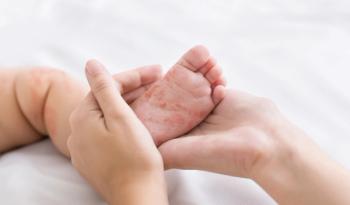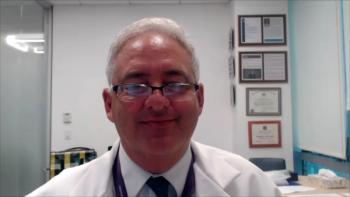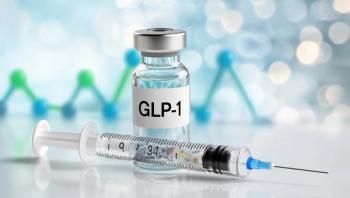
CBD Emerges as Meaningful Epilepsy Therapy, but Considerable Questions Remain
Investigators still do not fully understand how cannabidiol (CBD) works in patients with seizures, according to a new review.
Cannabidiol (CBD) can be a meaningful therapy for children and adults with certain types of
The review,
Review author Doodipala Samba Reddy, PhD, RPh, of the Texas A&M University Health Sciences Center, noted that cannabis has been used for therapeutic purposes for thousands of years. Though it is derived from the same plant as marijuana, Reddy said CBD does not have the same euphorigenic properties of marijuana, due to its lack of Δ9-tetrahydrocannabinol (THC).
“When carefully extracted and isolated, CBD oil contains no or extremely low amounts of THC; however, extraction procedures require significant standardization and quality controls to ensure the separation of these two components,” he wrote.
The FDA has approved Epidiolex, a CBD product, to treat severe seizures in patients with Dravet syndrome, Lennox-Gastaut syndrome, and tuberous sclerosis complex.
Reddy said efforts to study CBD to treat epilepsy have shown that the drug can be effective in patients with difficult-to-treat seizures, but he added that such studies have not yet been able to explain the underlying mechanisms of such effects. However, he said the existing evidence suggests a broad range of effects, which may be why CBD appears to provide anti-inflammatory and neuroprotective benefits, too.
“Although the underlying antiseizure mechanisms of CBD in humans have not yet been elucidated, the identification of novel antiseizure targets of CBD preclinically indicates multimodal mechanisms that include non-cannabinoid pathways,” Reddy wrote.
He said cannabinoids appear to spark pharmacological effects via the CB1 and CB2 receptors. The former receptor is also involved in THC’s ability to elicit psychoactive effects, he said.
In clinical trials in patients with the 3 disorders for which CBD is approved, the author noted that the therapy appears to be effective against a broad range of seizure types and to have an acceptable safety profile in both children and adults. He also added that, unlike marijuana, CBD does not appear to convey a risk of addiction.
“A recent clinical study presents data indicating that CBD has minimal abuse potential and a mild side effect profile,” he wrote. “Therefore, patients are not likely to get high on purified, CBD-only formulations.”
Still, the association with marijuana has led to controversy and “hype,” he said. In addition, the proliferation of CBD products in states with legal recreational or medical marijuana has created a marketplace where not all CBD products are of equal quality, he said. One way to disconnect CBD from marijuana would be to better understand its mechanism of action and potentially develop synthetic forms of CBD.
“Understanding how CBD controls seizures is critical and will facilitate the design of novel synthetic compounds for treating epilepsy without the challenges associated with obtaining CBD from plants, such as extraction, purification, and standardization,” he wrote.
For now, Reddy said the FDA’s approval of CBD has helped make the therapy widely available and also led to new research into CBD and its benefits.
However, he said it will be important for CBD therapeutics to be distinguishable in the marketplace in order to help resolve inconsistencies and ultimately lead to wider effective use of CBD to treat epilepsy.
Reference
Reddy DS. Therapeutic and clinical foundations of cannabidiol therapy for difficult-to-treat seizures in children and adults with refractory epilepsies Exp Neurol. Published online October 4, 2022. doi:10.1016/j.expneurol.2022.114237
Newsletter
Stay ahead of policy, cost, and value—subscribe to AJMC for expert insights at the intersection of clinical care and health economics.















































